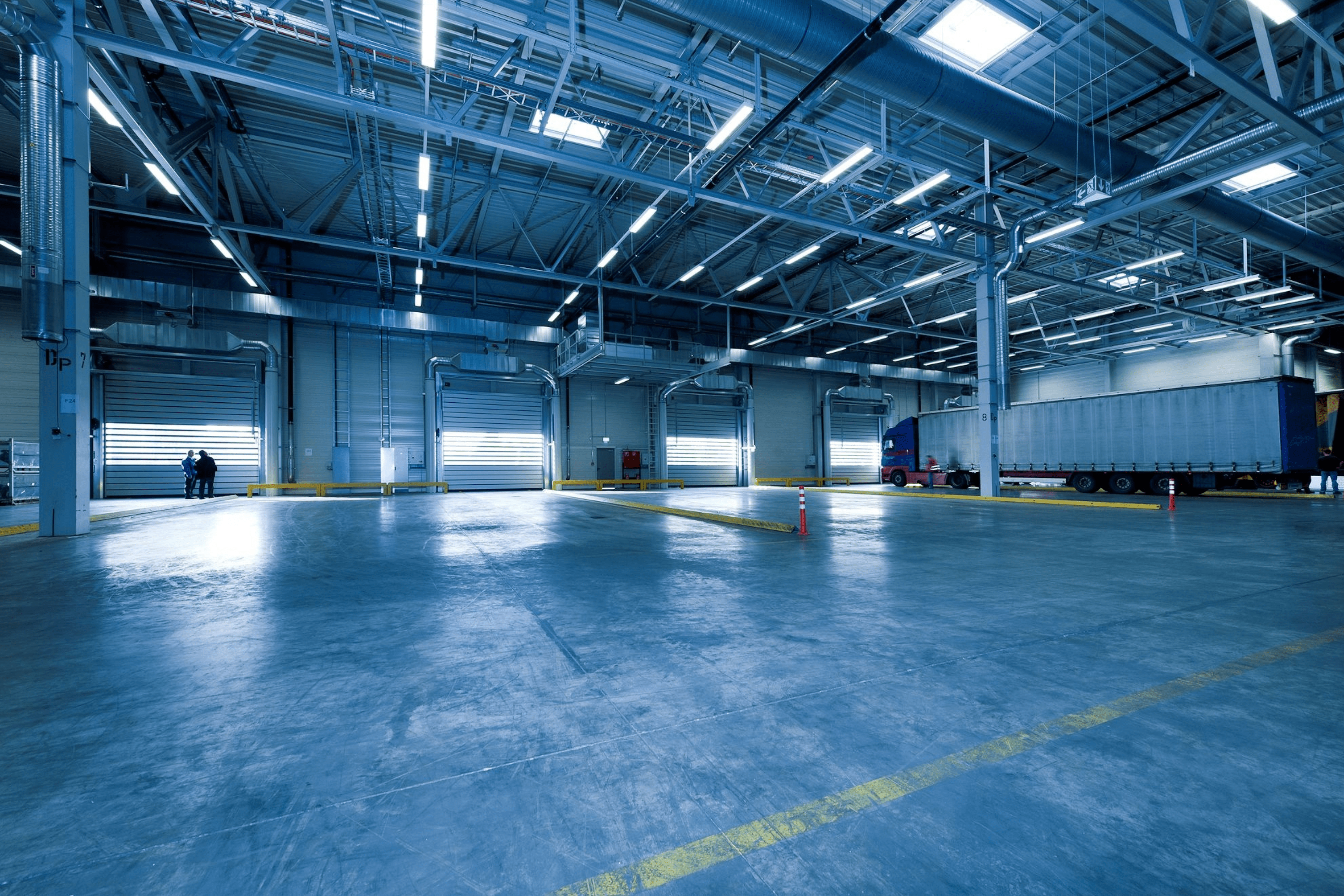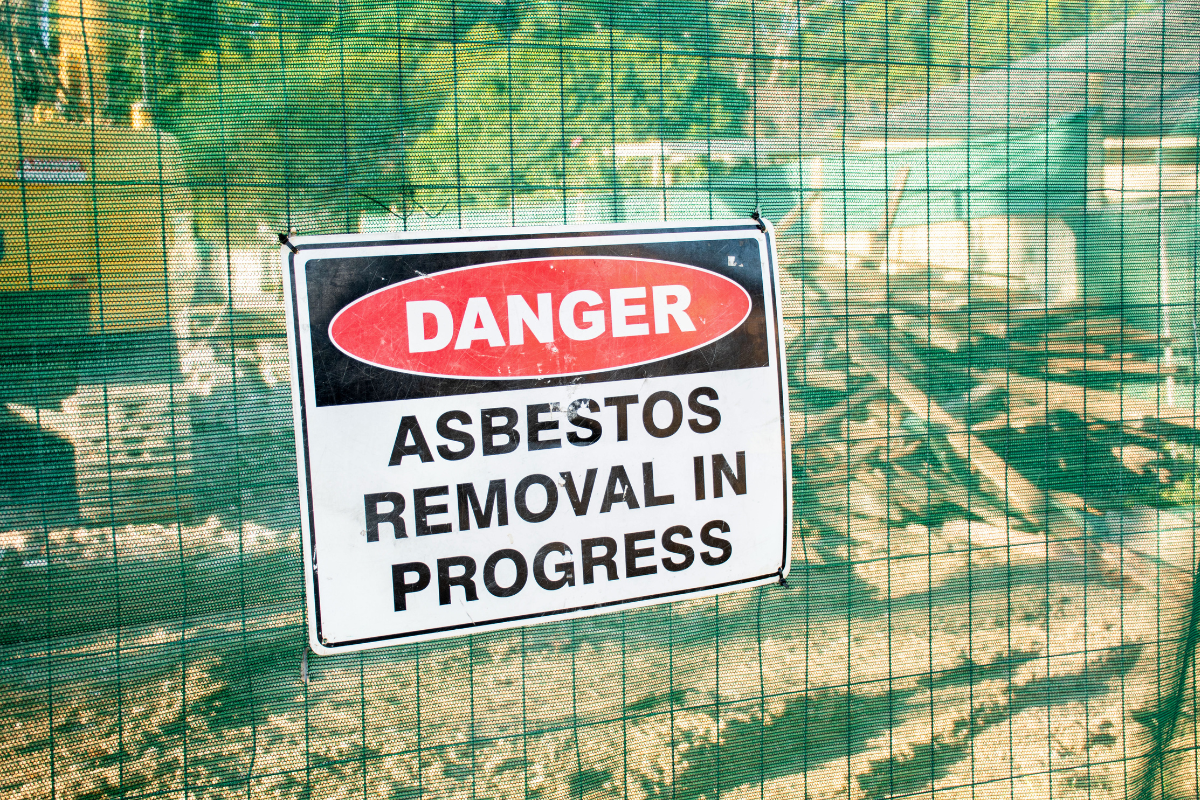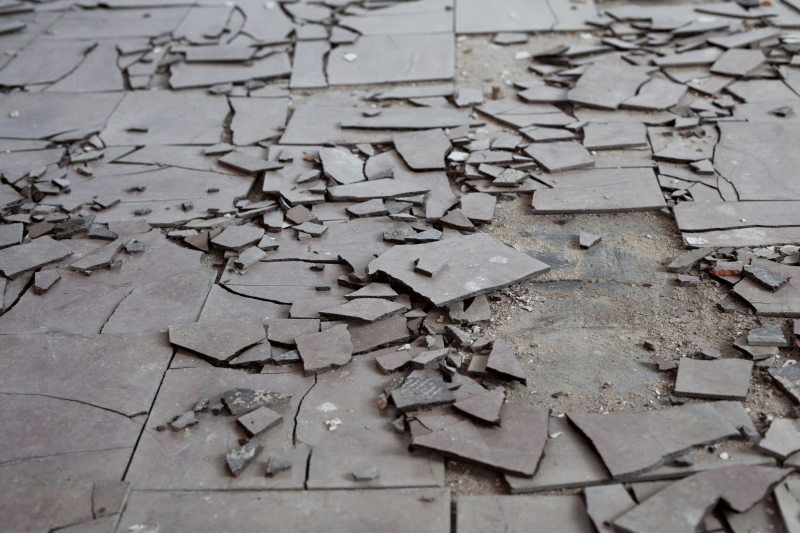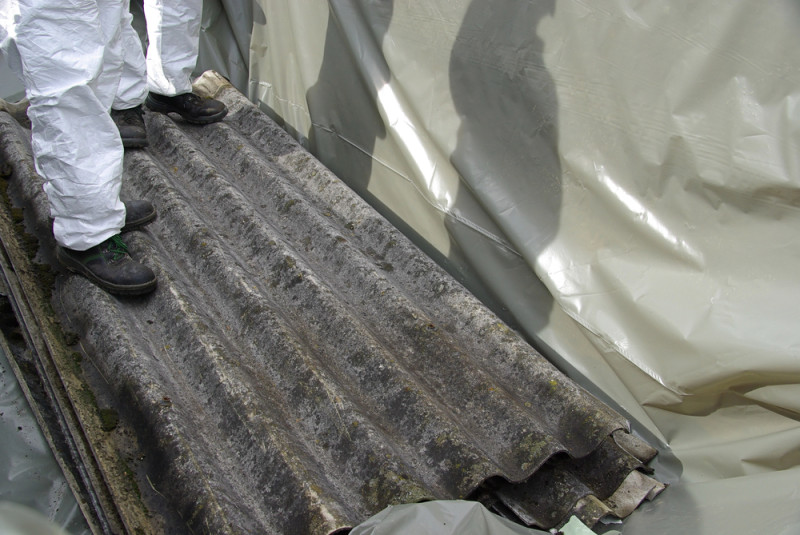Asbestos reports are essential for safeguarding the health and safety of individuals working in or visiting commercial properties built before 31 December 2003. This is particularly relevant in Australia, where asbestos-containing materials (ACMs) were widely used in construction for their heat resistance and durability before being fully banned in 2003.
For commercial property owners, managers, or prospective buyers, an asbestos report for a commercial property is critical for ensuring compliance with health regulations, maintaining property value, and ensuring the well-being of occupants.
In this blog:
- Why is an asbestos report for commercial property essential?
- Types of commercial properties that require an asbestos report
- What is included in an asbestos report
- Asbestos reporting requirements by state
- FAQs about asbestos reports for commercial properties
At Rapid Asbestos Removal, we specialise in asbestos assessments and commercial asbestos removal, providing businesses across Australia with the peace of mind that their properties are safe and compliant.
Require an asbestos report for a commercial property?
Why is an asbestos report for commercial property essential?
An asbestos report for a commercial building identifies the presence, type, and condition of asbestos-containing materials (ACMs). This is particularly important as asbestos fibres are hazardous when disturbed or damaged, potentially causing serious health issues like asbestosis, lung cancer, and mesothelioma.
Obtaining an asbestos report for a commercial building constructed on or after 31 December 2003 is a legal obligation under Australia’s Work Health and Safety (WHS) laws. The report is a core part of an asbestos management plan for properties containing ACMs, providing property owners and managers with the necessary information to assess risks, implement control measures, and manage any asbestos-related hazards responsibly.
You may also like How to Manage Asbestos in the Workplace
Types of commercial properties that require an asbestos report
Work buildings
Work or office buildings constructed before 31 December 2003 may contain asbestos-containing material in various structural and finishing products, including ceilings, walls, floor tiles, and insulation. Regular asbestos inspections and up-to-date reports for work buildings are required to maintain a safe working environment for employees and visitors.
You may also like Understanding Asbestos in a Building: A Comprehensive Guide
Retail spaces
Retail properties such as shopping centres, standalone stores, and showrooms are also susceptible to asbestos, especially in areas like roofing materials, walls, and electrical insulation. Conducting an asbestos report for commercial retail spaces helps ensure these high-traffic areas remain free from health risks.
Factories
Factories constructed before 31 December 2003 may contain asbestos-containing materials like insulation, roofing, and wall linings. The heavy activity in these environments can cause ACMs to degrade, increasing the risk of asbestos exposure. Regular asbestos reports and a clear asbestos management plan are essential.

Warehouses
Warehouses may contain asbestos-containing products in roofing, insulation, and wall linings. Temperature changes and high foot traffic can cause these materials to deteriorate.
Farms
Farm buildings, including barns, sheds, and storage units, commonly used asbestos-containing materials in roofing and insulation. Over time, exposure to weather elements can lead to ACM deterioration, increasing health risks.
Stadiums
Stadiums built before the asbestos ban in 2003 may contain asbestos-containing products in structural elements like roofing, seating areas, and insulation. Due to the high foot traffic and frequent events, any deterioration of ACMs could pose a significant health risk.
Apartment buildings
Apartment buildings often used asbestos-containing materials in walls, ceilings, floor tiles, and piping insulation. Given the high occupancy, regular asbestos reports are vital for monitoring and addressing any ACM degradation.
Healthcare facilities
Hospitals, medical centres, and nursing homes constructed in the past could contain asbestos, particularly in fireproofing and insulation materials. As these properties house vulnerable individuals, it’s vital to ensure an asbestos-free environment.
Educational institutions
Schools, colleges, and universities often contain asbestos-containing products in ceilings, walls, and floors. Ensuring a comprehensive asbestos report is in place helps protect staff, students, and visitors from potential asbestos exposure.
Hospitality venues
Hotels, motels, restaurants, and pubs may have asbestos materials in roofing, wall insulation, or floor tiles. Since these establishments are frequented by guests and staff alike, an asbestos report helps to identify and manage any potential hazards effectively.
What does an asbestos report include?
A comprehensive asbestos report for commercial properties involves several key components:
- Visual asbestos inspection: An initial survey to locate suspected ACMs by licensed asbestos assessors.
- Sampling and testing: A licensed asbestos assessor collects samples of suspected materials, which are then tested in a laboratory to confirm the presence and type of asbestos.
- Condition assessment: Identifies the condition of ACMs (whether intact, damaged, or deteriorated), helping determine the risk level.
- Risk assessment and management recommendations: Based on the findings, recommendations are made for managing or removing ACMs, especially in high-risk areas.
- Regular review: For properties containing asbestos, regular re-inspections and report updates are recommended to monitor any changes in the condition of ACMs.
By securing an asbestos report for a commercial property, owners and managers can ensure compliance with regulations and provide a safe space for employees and visitors.

Asbestos reporting requirements by state
Each Australian state has its own guidelines and requirements for asbestos management. Here’s a breakdown of resources for asbestos regulations across Australia:
Western Australia (WA)
Western Australia has specific asbestos management guidelines for commercial properties, which can be accessed via the Commerce WA website.
New South Wales (NSW)
In NSW, commercial property owners are required to maintain an asbestos register and management plan. For more information, visit the SafeWork NSW website.
Victoria (VIC)
Victoria’s WorkSafe provides comprehensive guidelines on an asbestos management plan and removal. More details can be found on the WorkSafe Victoria website.
Queensland (QLD)
In Queensland, asbestos removal and reporting are strictly regulated by Workplace Health and Safety. More information is available on the WorkSafe Queensland website.
South Australia (SA)
SafeWork SA provides asbestos management plan requirements for commercial properties in South Australia. Visit SafeWork SA for further details.
Tasmania (TAS)
Tasmania follows WorkSafe’s asbestos regulations for commercial properties, details of which can be found on the WorkSafe Tasmania website.
Australian Capital Territory (ACT)
The ACT government has specific asbestos guidelines, especially for older commercial buildings. More information is available at the ACT Government Asbestos Information portal.
Northern Territory (NT)
The Northern Territory has asbestos management requirements overseen by NT WorkSafe. Visit NT WorkSafe for more details.
Each state’s asbestos guidelines help ensure commercial property owners stay compliant and manage any asbestos risk responsibly.
Why choose Rapid Asbestos Removal?
With years of experience in asbestos inspection and removal, Rapid Asbestos Removal is trusted by businesses across Australia. Our certified asbestos assessors provide detailed reports, manage risks effectively, and ensure full compliance with state-specific regulations. Don’t compromise on safety—reach out to us for reliable asbestos solutions today.
By understanding the importance of an asbestos report for commercial property, property owners and managers can protect their investments, ensure a healthy working environment, and meet all regulatory obligations.
At Rapid Asbestos Removal, we’re committed to helping commercial property owners navigate asbestos regulations and protect their properties. If you need an asbestos report or removal services, please contact us for more information.
FAQs on asbestos reports for commercial properties
An asbestos report helps identify, locate, and assess the condition of asbestos materials within a commercial property. It’s essential for ensuring compliance with health and safety laws and maintaining a safe environment for all occupants.
Yes, all commercial properties built on or after 31 December 2003 must have an asbestos management plan and a report if ACMs are present. This requirement helps mitigate the risks associated with asbestos exposure.
Asbestos reports should be updated regularly, typically every 1-2 years, or whenever there is a structural change or renovation in the building. Regular updates ensure that any deterioration in asbestos materials is documented and managed promptly.
If asbestos is found on your property, a management plan should be implemented immediately. This may include monitoring the condition of the asbestos, encapsulation, or removal by professionals, depending on the risk assessment.
Yes, a comprehensive asbestos report will cover all types of asbestos materials, including friable and non-friable asbestos, ensuring a complete understanding of any potential hazards in the building.
Yes, failing to have an asbestos report or asbestos management plan can result in significant fines and legal repercussions, particularly if asbestos exposure risks are not managed properly.


